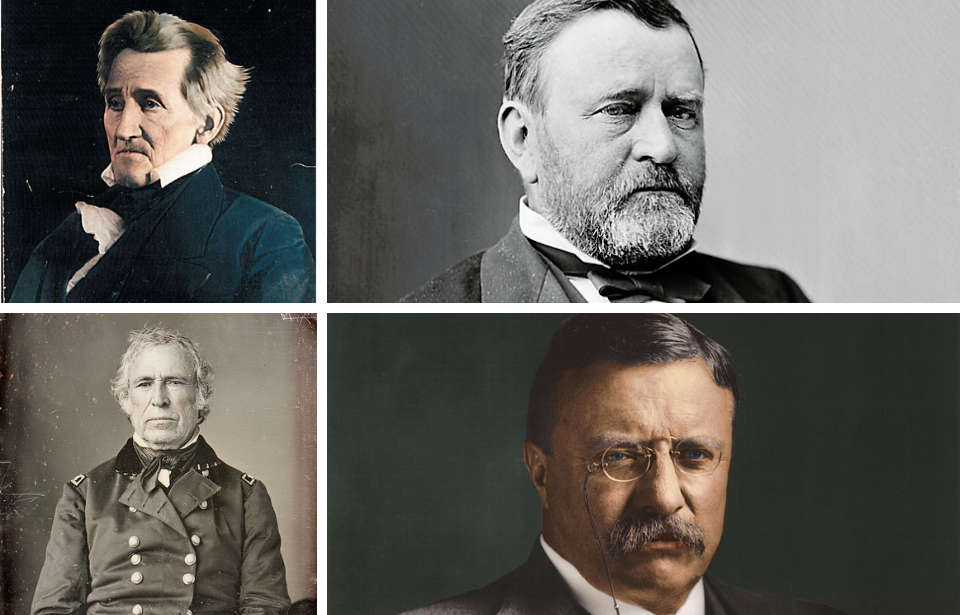Considering the President of the United States is the Commander-in-Chief, it’s surprising military experience is not a requirement for the job. Despite this, many former presidents have dabbled in serving their country, with the likes of Dwight D. Eisenhower being one of the most influential military figures of the 20th century.
However, while Eisenhower was certainly a significant member of the American military, he never actually saw combat. The following is a list of four presidents who did.
Theodore Roosevelt
Theodore “Teddy” Roosevelt is one of America’s most iconic and beloved presidents. Starting life as a sickly child, he overcame his struggles and led a rather rugged lifestyle. He did pretty much everything: exercise, biking, hunting, sports, writing books and even martial arts. For many, he was the epitome of a masculine lifestyle.
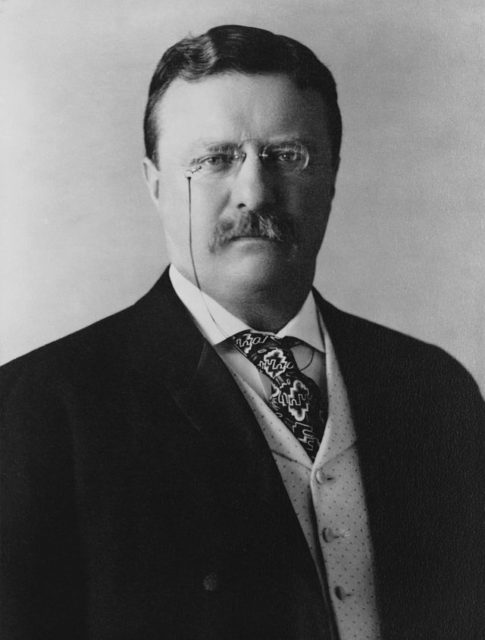
Roosevelt was instrumental during the Spanish-American War, ordering ships to prepare for battle against Spain, following the USS Maine explosion in Havana, Cuba. When the war broke out, he quit his job as Assistant Secretary of the Navy to lead troops into battle. With a group of volunteers, he formed a cavalry division, nicknamed the “Rough Riders.”
At the Battle of Kettle Hill, he led an uphill assault, earning a nomination for the Medal of Honor. While blocked at the time, he was posthumously awarded the medal in 2001.
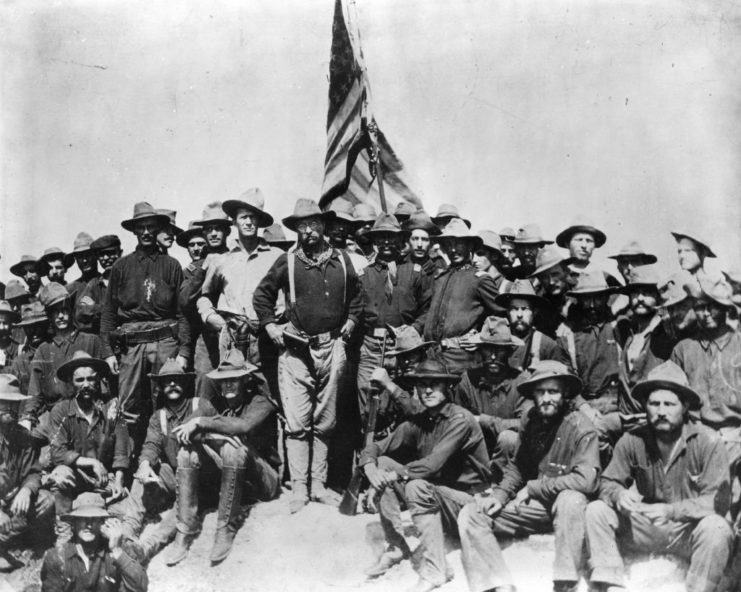
Upon his death in 1919, Vice President Thomas R. Marshall said, “Death had to take Roosevelt sleeping, for if he had been awake, there would have been a fight.”
Andrew Jackson
Andrew Jackson, the seventh President of the United States, certainly experienced his fair share of combat – and violence, in general. Prior to becoming president, he worked his way up through the US Army, earning the rank of general, and when he was just 13 years old, he served as a messenger in the Revolutionary War. He was eventually captured by the British. While held prisoner, he refused a British officer’s request to shine his shoes, leading to a slash from his saber.
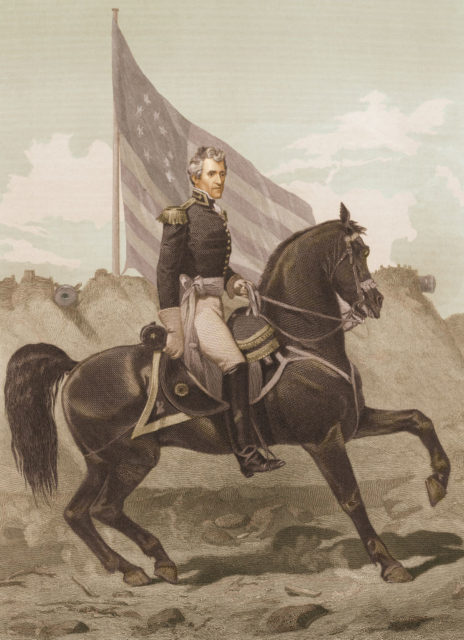
During the War of 1812, Jackson led a volunteer army to defend New Orleans. When his men were dismissed, he personally marched with them from Natchez, Mississippi to Nashville, Tennessee. He financed the entire trip. While many fell ill, he remained strong throughout, earning him the nickname “Old Hickory,” after the hickory tree.
Jackson is also said to have participated in over 100 duels during his lifetime. It’s no doubt his reputation with the military helped secure him a place in the White House.
Ulysses S. Grant
You can’t have a list of presidents who have seen combat without including American Civil War legend, Ulysses S. Grant. Prior to the Civil War, Grant had already made his way through West Point and fought in the Mexican-American War, which occurred during the mid-to-late 1840s. He was a particularly talented horseman, setting a high jump record at West Point that remained unbeaten for 25 years!
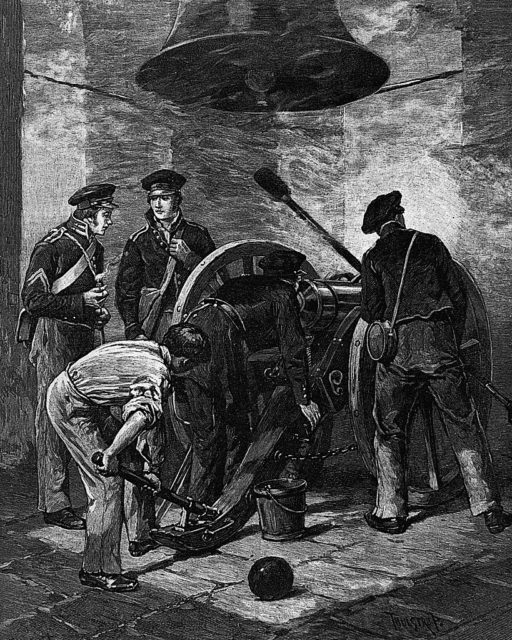
During the Mexican-American War, he distinguished himself as an excellent leader with great initiative. Despite starting the conflict as a quartermaster, he quickly sought out a combat role, leading cavalry charges against the enemy.
When the Civil War began in April 1861, Grant won a series of victories against the Confederate Army, further establishing his military prowess. For the rest of the war, he battled against Robert E. Lee, with the two coming head-to-head during the Overland Operation and at Petersburg, culminating in Grant’s victory at Appomattox.
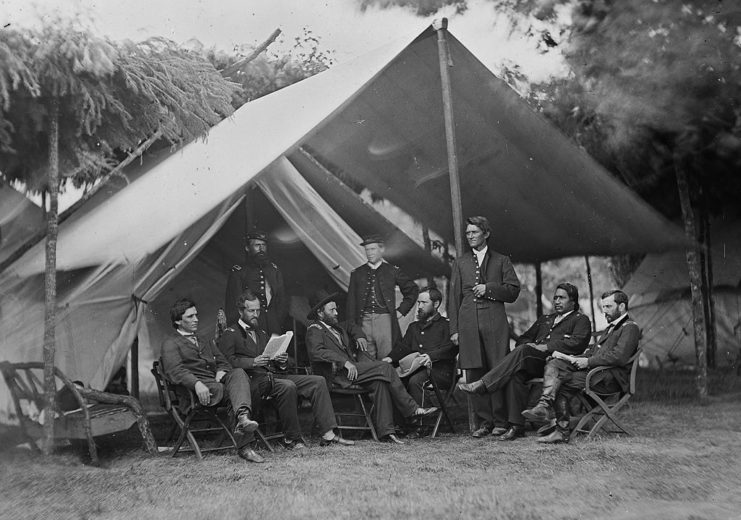
Four years after the war ended, he was elected the 18th President of the United States.
Zachary Taylor
By the time Zachary Taylor became the 12th President of the United States, he’d already risen through the ranks to become a major general in the US Army. In fact, it was his reputation with the military that got him into the White House, as opposed to his political abilities.
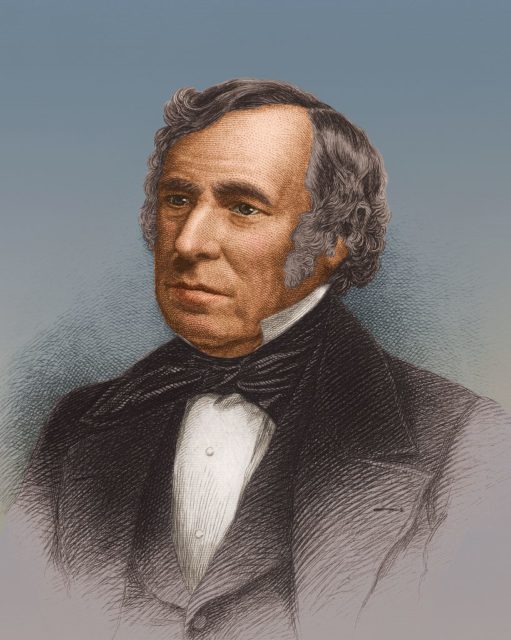
Taylor helped defend Fort Harrison, Indiana against an attack by Native Americans during the War of 1812. Despite being heavily outnumbered, he emerged victorious. He then fought in the three additional conflicts: the Black Hawk War, the Second Seminole War and the Mexican-American War.
When the Mexican-American War broke out, he was already a general. He commanded his men at the battles of Palo Alto and Resaca de la Palma. He managed to defeat the larger Mexican “Army of the North,” and was noted for his fair treatment of Mexican prisoners of war, whom he cared for along with wounded American troops.
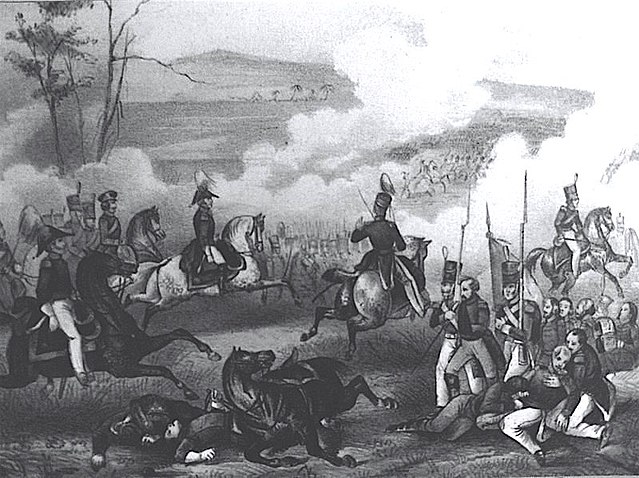
James K. Polk began to grow concerned over Taylor’s growing popularity and thus moved a large number of his troops to another general, so as to limit his success. The Mexicans then launched a force of 15,000 to wipe out his contingent of just 4,600 soldiers. Taylor somehow managed to claim victory, further rocketing him into a national celebrity.
